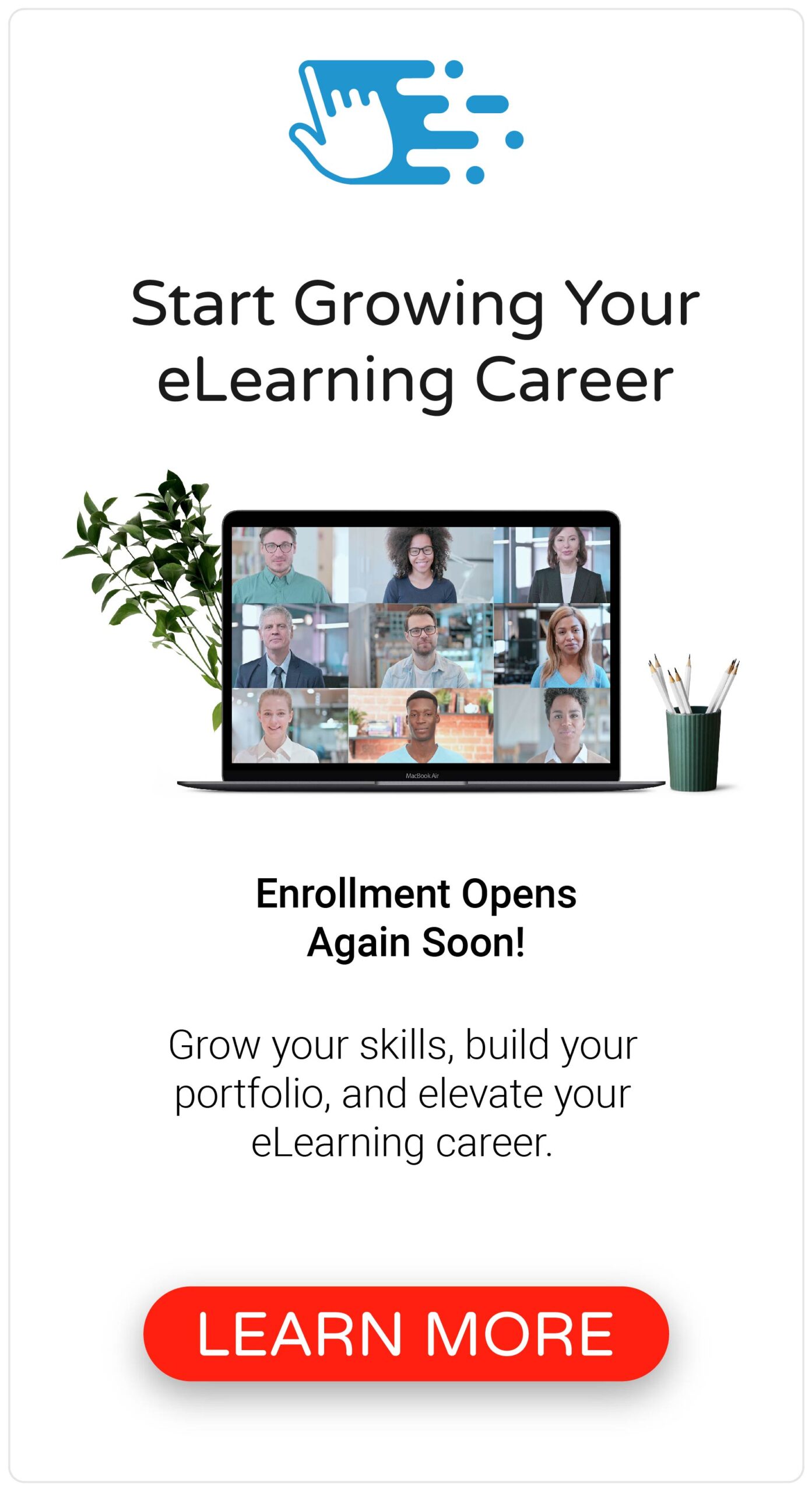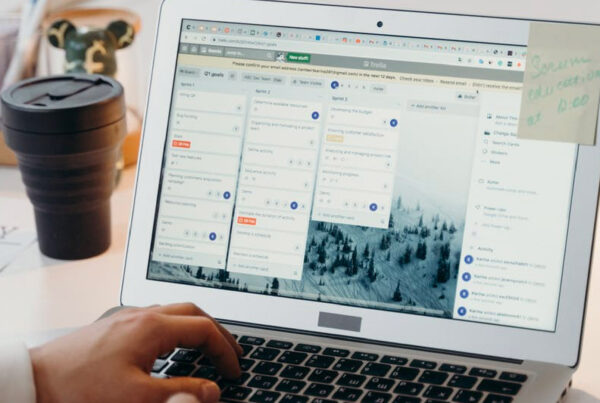A good experience working with SMEs (subject-matter experts) can mean the difference between an effective versus an ineffective course; between a project that finishes on time versus a project that drags on in endless review cycles. The truth is, you need your SMEs, and your SMEs need you! It’s your job to work with your SMEs to extract the most relevant information your learners need to know…or do (more on that later).
Here are three must-know strategies to use when working with SMEs on your next eLearning project.
Identify Your SME's Busniess Goals

When you first meet with a SME on a new eLearning project, it’s easy to get them to list all of the things they want learners to know about the topic you’re addressing. The problem with this approach is that it usually results in an information dump on the learner. As Diane Elkins explained in this post and this post, knowledge alone rarely translates into a measurable change in performance by the learner.
Rather than discussing all of the information learners need to know, start the conversation by finding out the business goals your SME wants to achieve as a result of the course you’re creating. Focusing on your SME’s business goals not only shows that you are invested in the success of the course, but it also lets you focus on the behaviors your learners need to change, not the information they need to know.
Creating an Action Map is a great way to focus your instructional design on business goals and the actions that learners need to take to affect those goals.
Educate Your SMEs About Good eLearning

Different people have different ideas of what eLearning is, what it looks like, and how it’s developed. It’s easy to assume your SME knows the purpose of learning objectives, a storyboard, or a prototype. However, in reality, it may be the first time your SME has ever muttered the word “eLearning,” let alone participated in the design of one from beginning to end.
Help your SMEs by guiding and educating them about the eLearning development process. For example, when you deliver your first storyboard or prototype, explain to your SME the purpose of such items and how they fit into the overall development process. By doing this, you instill a sense of trust and credibility with your SMEs and help them further understand their role in the process.
Get Your SMEs in the Same Room

One of the most time-consuming tasks during the eLearning development process is reviewing, interpreting, and making edits provided by your SMEs. This is especially true when you’re working with more than one SME. Although it’s easy to have your SMEs simply document their edits in a spreadsheet, too often, their edits are too vague or conflict with one another. Ultimately, this results in you having to go back and clarify the edits with each of your SMEs.
Avoid this by getting your SMEs in the same room (or on the same conference line) to review and discuss their edits. This lets you quickly get on-time feedback, clarify any confusing edits, and explain the purpose of any specific design decisions you made. Also, if any of your SMEs provided conflicting edits, this meeting is an opportunity to discuss those edits a come to an agreed solution.
This is also a good time to review your eLearning project plan and development timeline (or eLearning project management tool) to make sure everything is going as planned.
The Bottom Line
Working with SMEs doesn’t have to be a stress-inducing experience. Although you’ll need to manage your SMEs’ expectations and unravel their misconceptions about eLearning, the process can be a success if you’re strategic from the beginning.
If you’d like to learn more about managing your eLearning projects, check out this post.
What other tips can you share about working with SMEs? Share them by commenting below!









Hi from Australia. I have a question about editing SME content in the design phase. Our organisation encourages SME to use PowerPoint to create their content. Power point is difficult to edit content and show tracked changes. I prefer Microsoft Word to edit. Have anyone experienced this and have any tips on converting content to Word? Is the answer to copy and paste SME content from Power Point to Word document story board once you have received SME content?